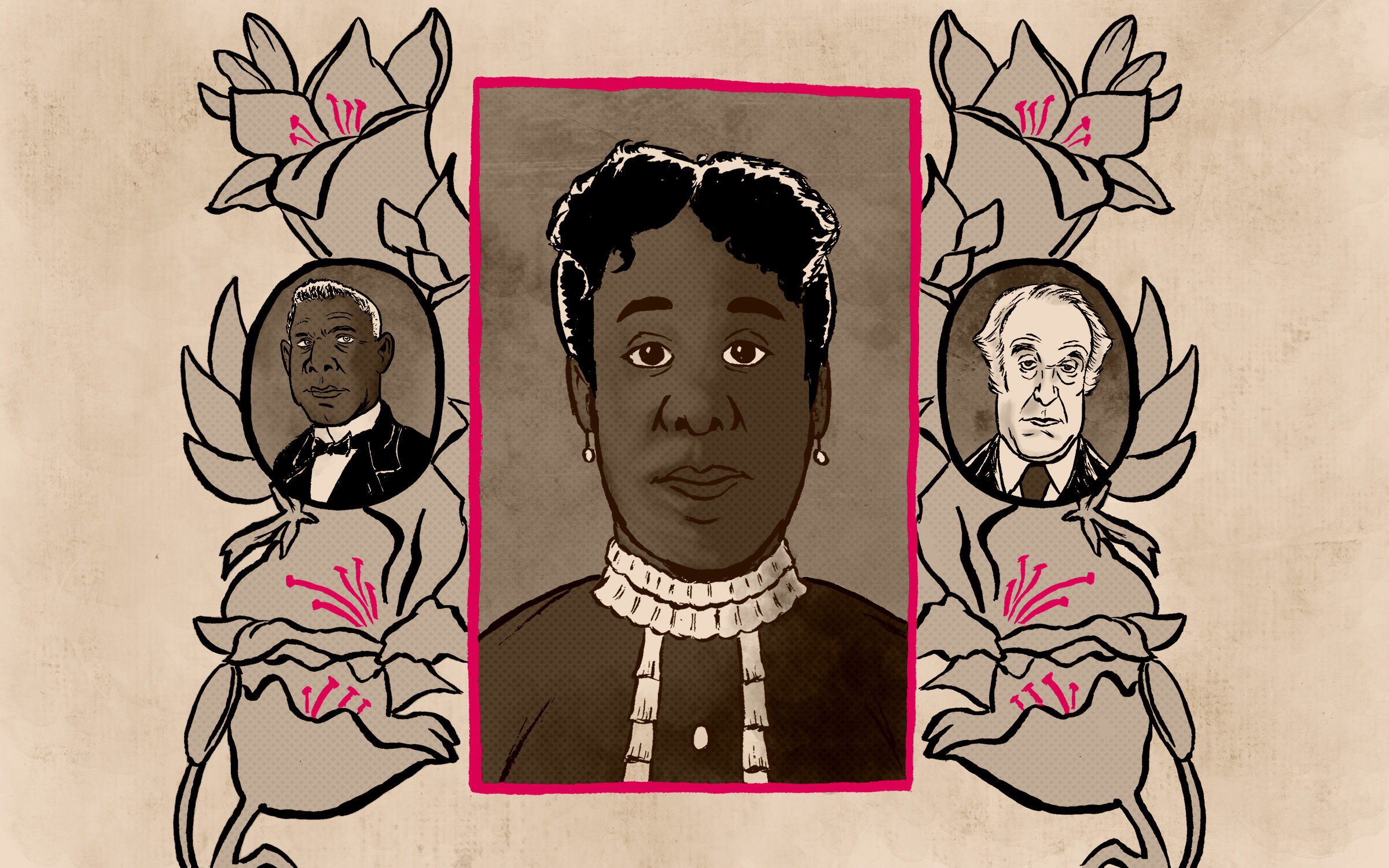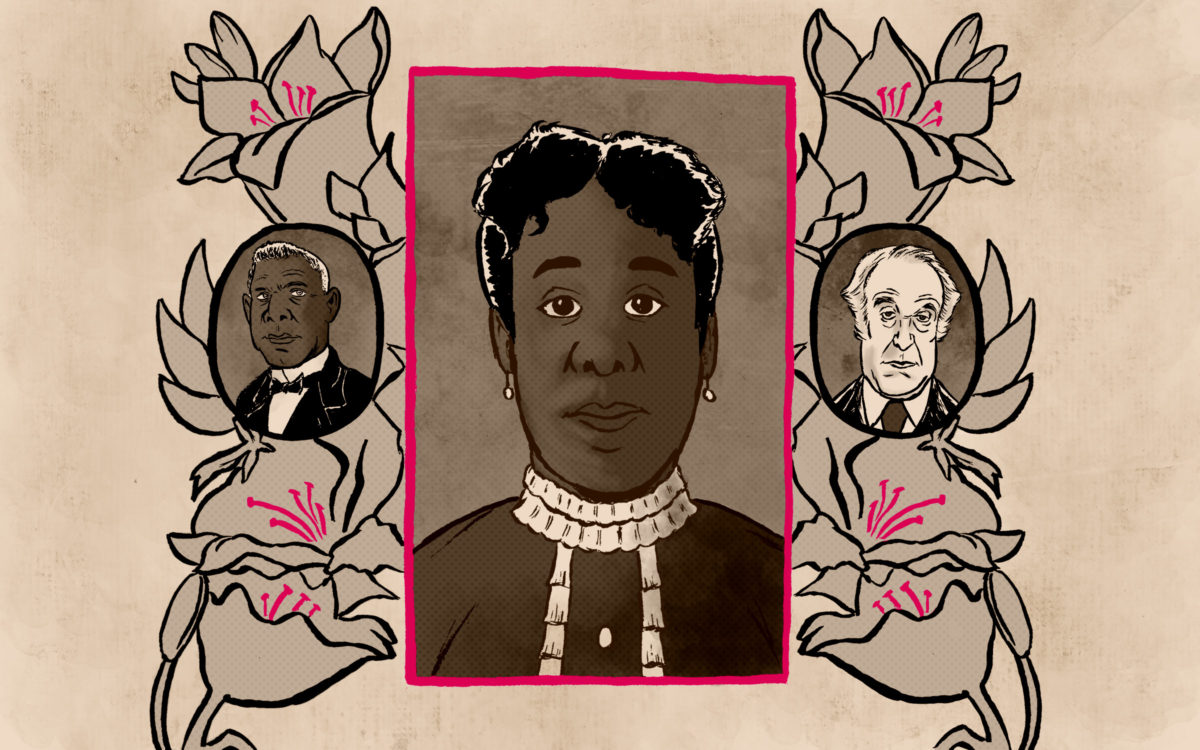
Contending Forces
March 29th, 2022
Pauline Hopkins, Booker T. Washington, and the Fight for The Colored American Magazine

1.
You have reached your article limit
Sign up for a digital subscription and continue reading all new issues, plus our entire archives, for just $1.50/month.
Already a subscriber? Sign in
More Reads
Uncategorized
Close Read: Thiago Rodrigues-Oliveira, et al.
Veronique Greenwood
Take the W: Entry Points
Katie Heindl
Credit: Creative Commons, johnmac612, CC BY-SA 2.0. When I started writing “seriously” about basketball eight years ago (before that, I wrote NBA fan fiction for David ...
Uncategorized




